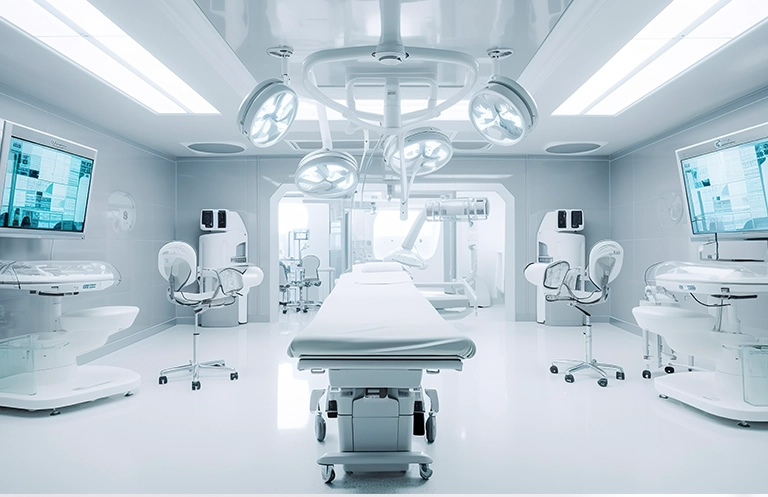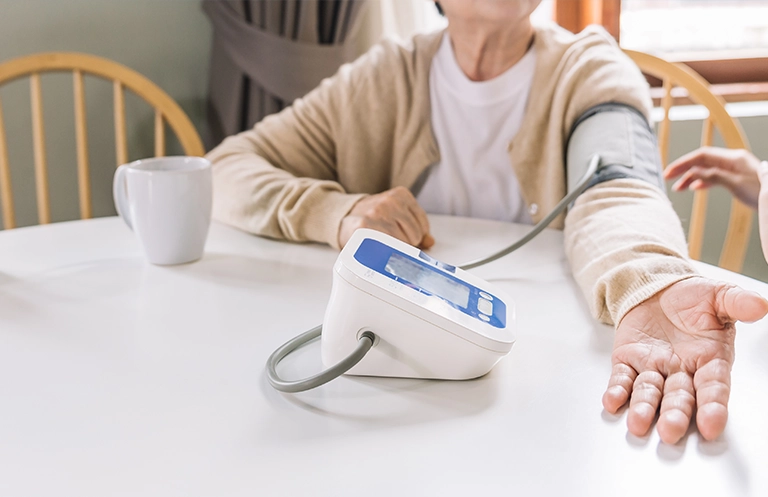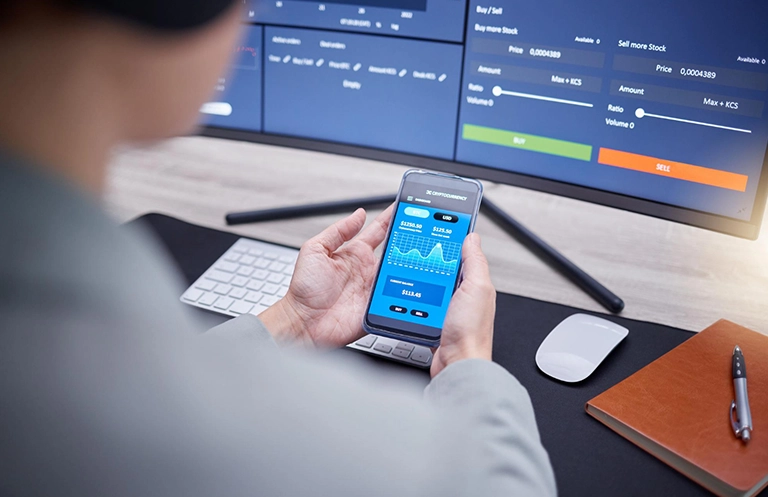Have you ever pulled on a door, not knowing that it was a push door? Have you ever tried to read parking instructions, and yet gotten a ticket even though you thought you understood what the sign said? We have all been there. Let’s pause and think – was this really your fault or was it a design flaw? The key ingredient that is missing in all these is the need for human factors engineering.
Human factors engineering, which came into existence after the Second World War, started with the avionics industry and is now an essential part of product design across industries. Human factors engineering is all about incorporating human factors (including psychological, physical, biomechanics, etc.) into product design. It studies human-machine interaction and aims to improve overall user experience.
A human factors engineer has to test the device in actual scenarios, recording challenges and consequences users might face while using a device. Some of the key questions they aim to address are:
- How will the user assimilate information from the device?
- How will the user use this information and make decisions?
- How will the user interact with the device, or its components, or control it? (Starting/ stopping the device, modify a setting, etc.)
- How will the user enter inputs into the device?
- What output does the device give to the user?
Case in Point: Human factors engineering in medical devices
Medical devices have a key role in assisting patients, and so usability has to be precise to ensure that the device performs as per its intended use. One of the important steps to be factored in is identifying how the device could be hazardous to the user. FDA requires device manufacturers to check certain parameters before it can be approved for the market, as a poorly designed medical device can be a perilous affair.
There have been cases where the lack of familiarity with a device has caused a delay in treatment or hampered the treatment process. These issues have resulted in grave consequences for the patients. Thus, it is imperative that we have devices or systems that users can easily adapt to and provide immediate assistance. This is exactly where the need for human factors arises in product design.
Human factors are not just limited to new products and can also be applied to pre-existing products to improve the human-machine interaction. This allows device manufacturers to improve their product lines from time to time.
When it comes to medical devices, there needs to be uniformity in the way a device operates or functions allowing medical professionals to easily adapt to new systems and execute their tasks flawlessly. Familiarity allows us to act quickly and do the job right.
Advantages of Human Factors Engineering
Let us take a look at some of the benefits of implementing human factors while designing medical devices:
- Devices that are easy to use or operate
- Reduced requirement for extensive training for using the device
- Easy to understand device status and operations
- Better UI experience enabling ease of use
- Overall better user experience
- Reduction in user-related errors while using the device and system
- Reduced dependence on others
- Effective and better patient assistance
- Minimizing risks related to adverse events
- Easier to maintain and repair the device
This is where including human factors into the design of the product makes a difference. However, there are a few things that a device manufacturer should keep in mind while designing a product:
- Always try to understand and keep the users’ expectation upfront during the design process.
- Always make use of symbols and icons that are familiar to the users. This will help the user to quickly be acquainted with the operations without having to extensively go through a user manual.
- Keep the user informed about the current status of the device.
- Always have easy to remember steps, so that the user does not have to go through an extensive training process.
- Do not overload users with more information than required. Sometimes too much information can lead to confusion.
- The output that the user receives should be clear and easy to understand.
- Give users recourse in the case of an error. The manual provided should also have possible errors mentioned and a clear method to resolve the errors.
- UI should contain easily readable text. Colors that are used in the UI should be easy on the eyes.
- When it comes to medical devices, they could also have alarms. The alarms should be distinct and loud enough to be heard by the user.
We need to understand that making a great medical device is one thing, but as we know “the devil is in the details”. Therefore, it is important to have an engineering team that understands the practical aspects of design and designs devices that give due importance to functionality and user experience.
eInfochips has hands-on engineering experience in designing HIPAA compliant Class-2 and Class-3 medical devices. eInfochips has been a one-stop-shop for all engineering needs of various medical devices companies. To know more on how we enable the medical industry, get in touch with our experts.













